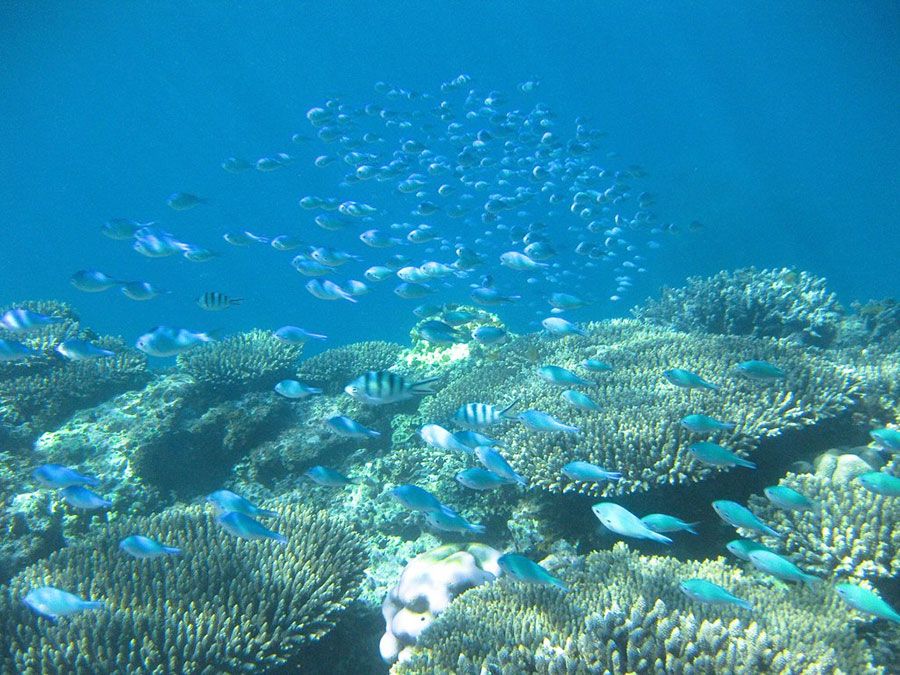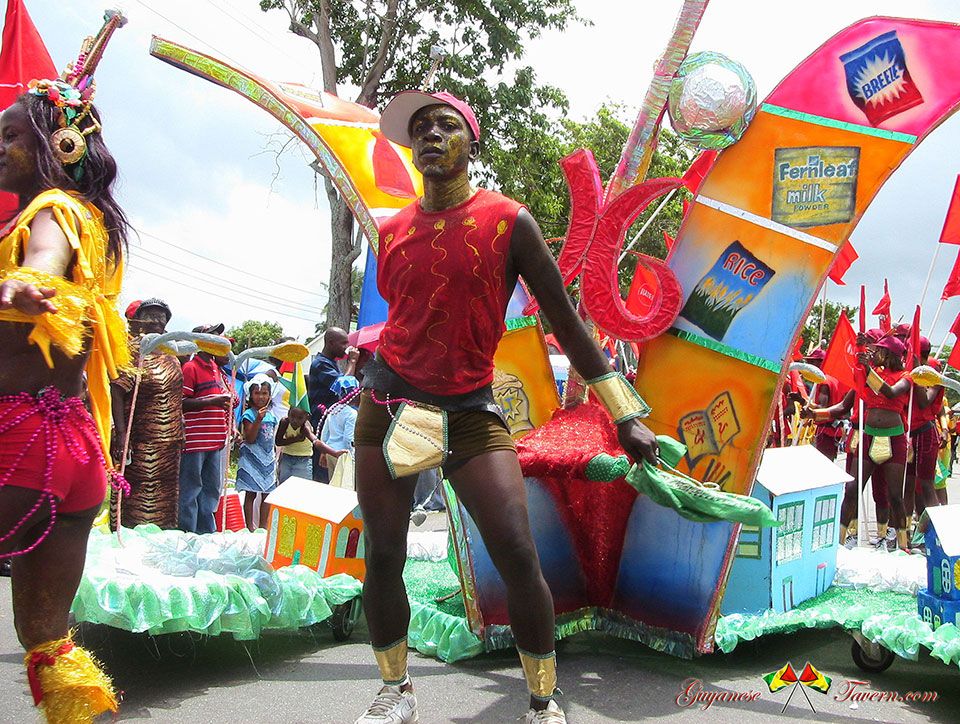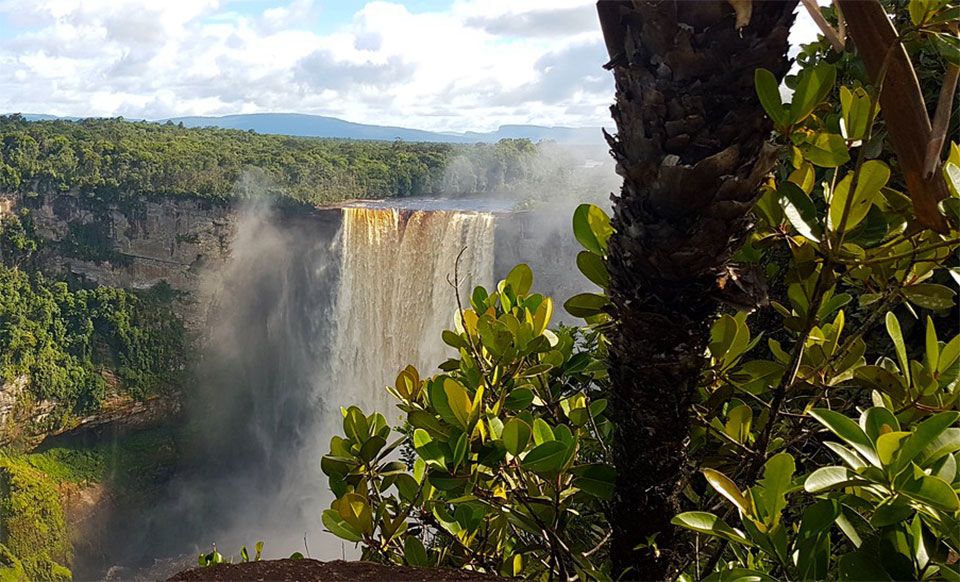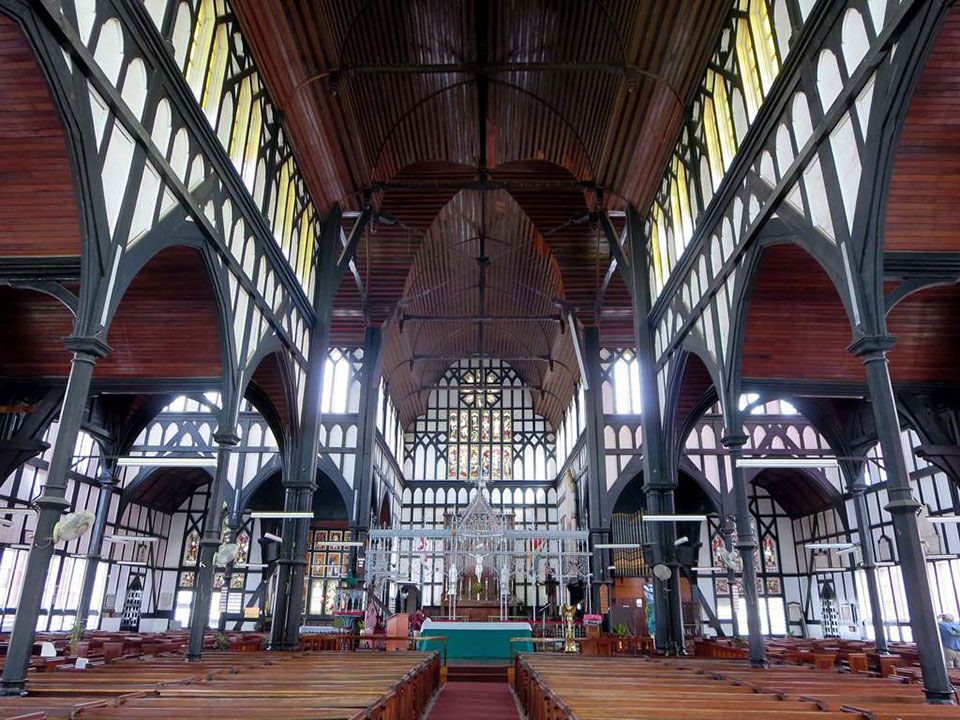The Ningaloo Coast is a World Heritage Site located in the northwest coastal region of Western Australia. It has long empty beaches, astonishing marine life and world-heritage listing combined with a strong cultural heritage.
The Ningaloo Reef is 260 km long and is one of the largest fringing coral reefs in the world and at some sections comes a close as 10m to shore!
Here are 10 little-known facts about Ningaloo Reef that will bump it up to the top of your wishlist!

Photo credit: Michael Sale / Flickr
Ningaloo Reef is a treasure for those who love scuba diving and snorkeling and exploring shipwrecks and marine life
The study of the Ningaloo Reef area has been a focus of the Department of Maritime Archaeology for a number of years. Over 1400 ships have been wrecked on the coast of Western Australia. Some of the most famous once are Vergulde Draeck, Zuytdorp James Matthews, Elizabeth Belinda, Stefano, and Eglinton early wooden-hulled merchant vessels, the Sepia and Europa iron barques and more.
It is one of the largest biological structures known and visible from space
It is one of the most expansive biological structures in the world and home to over 500 species of fish, 220 different coral and algae varieties, 600 species of crustaceans, 655 mollusc species, 75 true cave invertebrates, 69 IUCN listed threatened species, and the world’s largest migrating whale shark population
The area have been inhabited for over 30,000 years.
The Ningaloo Coast and Reef’s name come from Australian Aboriginal Wajarri language
Ningaloo means “promontory”, “deepwater”, or “high land jutting into the sea” and it comes from Australian Aboriginal Wajarri language
The area have been inhabited for over 30,000 years.
The Ningaloo Coast has an estimated 10,000 Turtle Nests Each Year!
The Ningaloo Coast is recognised as one of the most important nesting places in the world for green and loggerhead turtles. Between November and March female turtles make their journey through the reef to lay their clutches of eggs on shore annually.
Ningaloo Reef is World Heritage List
It’s made the UNESCO World Heritage list for its incredible biodiversity and one of the few places in the world where you can swim with the largest fish in the ocean – whale shark.
The Ningaloo Marine Park protects the 260km Ningaloo Reef and it became the Ningaloo Marine Park in 1987
The Ningaloo Marine Park was established in 1987 and extended in 2004 to cover the entire reef. It’s World Heritage status was negotiated in 2011, with site boundaries extended to include Ningaloo Marine Park, the Muiron Islands, Jurabi Coastal Park, Bundegi Coastal Park, Cape Range National Park, and the Learmonth Air Weapons Range.

Photo credit: Michael Sale / Flickr
Swimming with sharks off Ningaloo Reef
The whale sharks and whales of Ningaloo Reef are majestic, wild and rare. Australian waters are home to approximately 170 species of sharks and 120 species of Ray. The world’s largest fish is seen from March to August and can grow up to 15 meters long. They are plankton feeders and are not dangerous to humans.
Ningaloo is recorded to have had around 320 days of sunshine every year with its beautiful weather conditions
The water temperature at Ningaloo Reef is a balmy 22°C – 26 °C all year around
The water temperature of the sea along the coast of the Ningaloo Reef is excellent all year round and varies between 26 ° C in the summer months and 22 ° C during the winter months.
Ningaloo Reef is the world’s largest fringing reef
Ningaloo is home to the world’s largest fringing reef and can be reached by just a short swim in many places.
Main photo credit: Mattia Valente / Flickr
Want to learn more about other sustainable destination? Check out section sustainable travel destinations.







 Photo credit: David Stanley /
Photo credit: David Stanley / 












